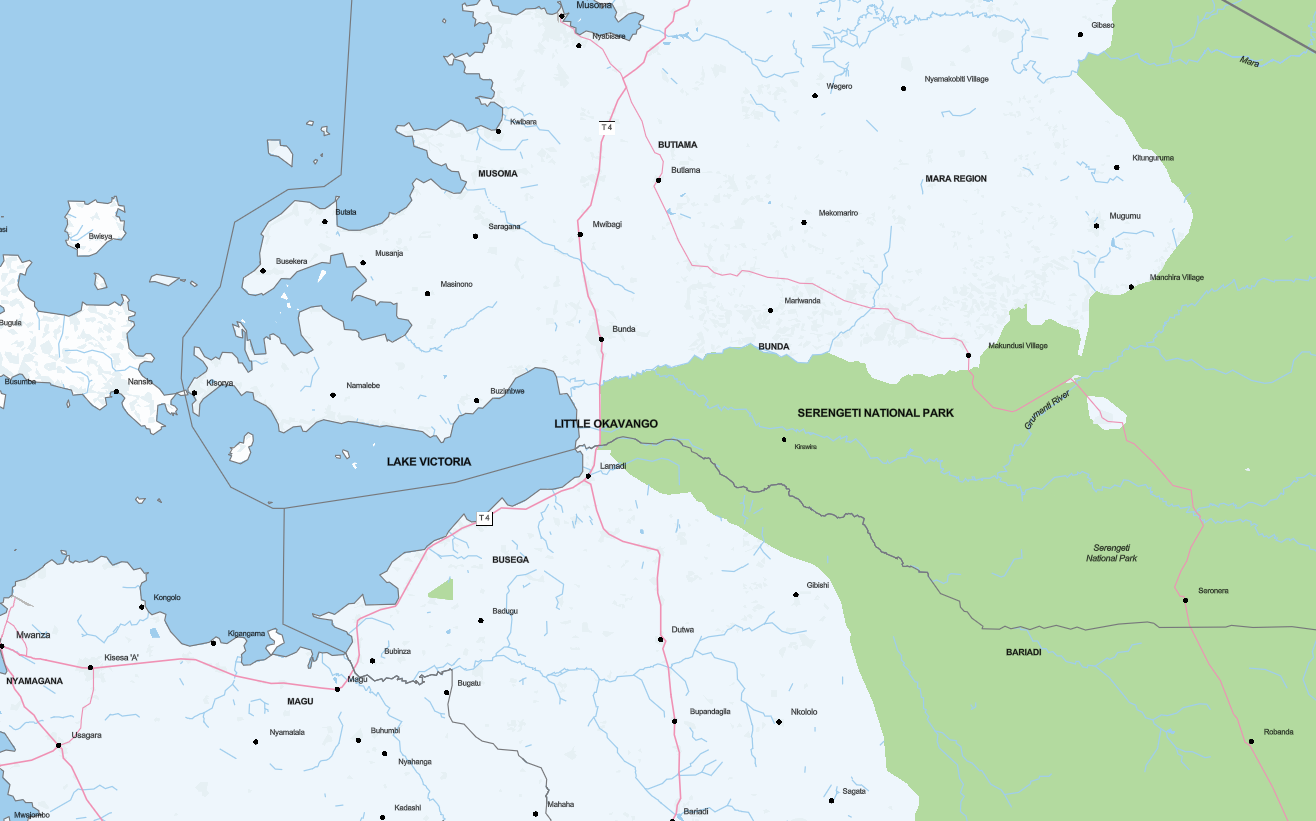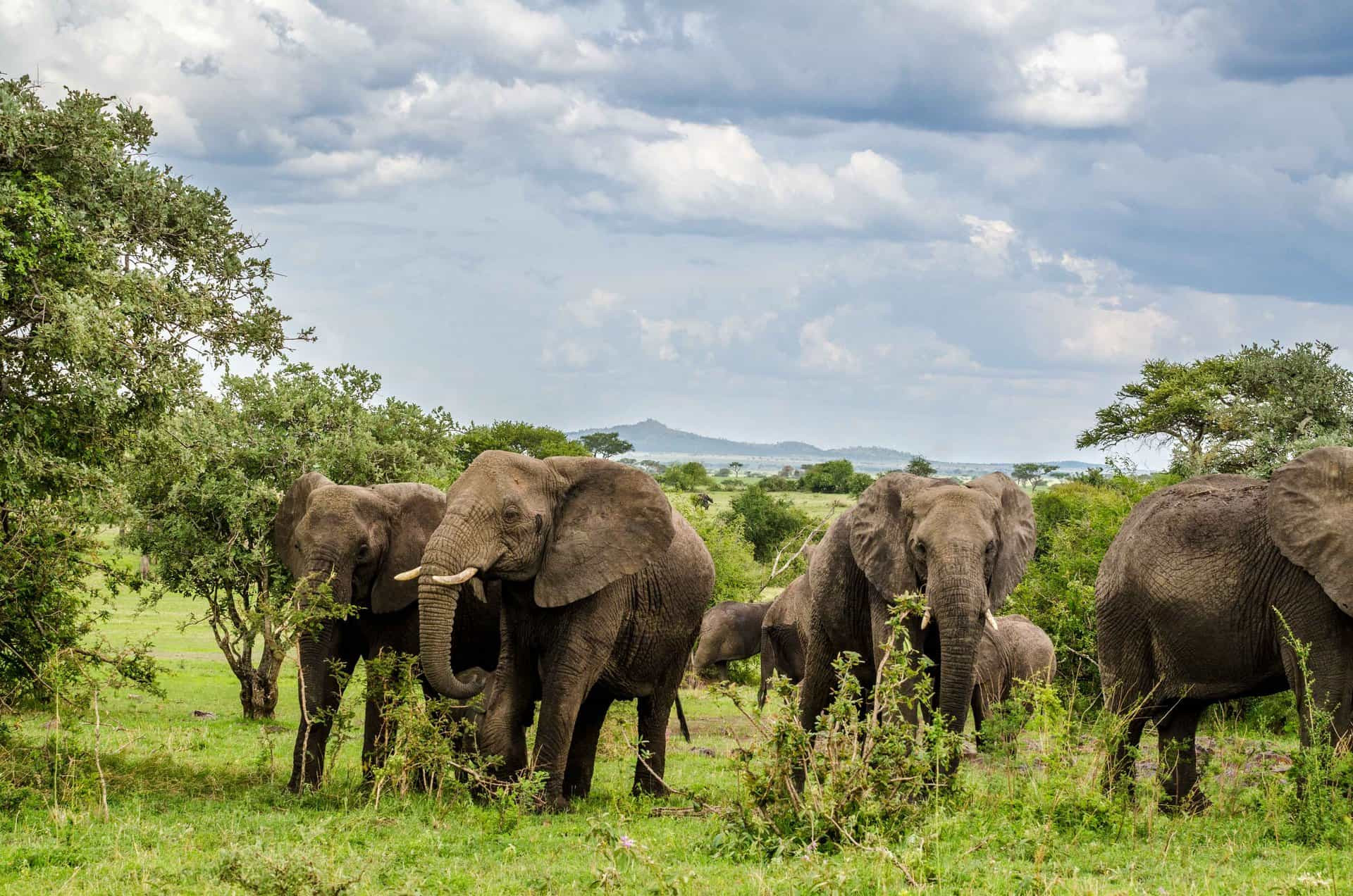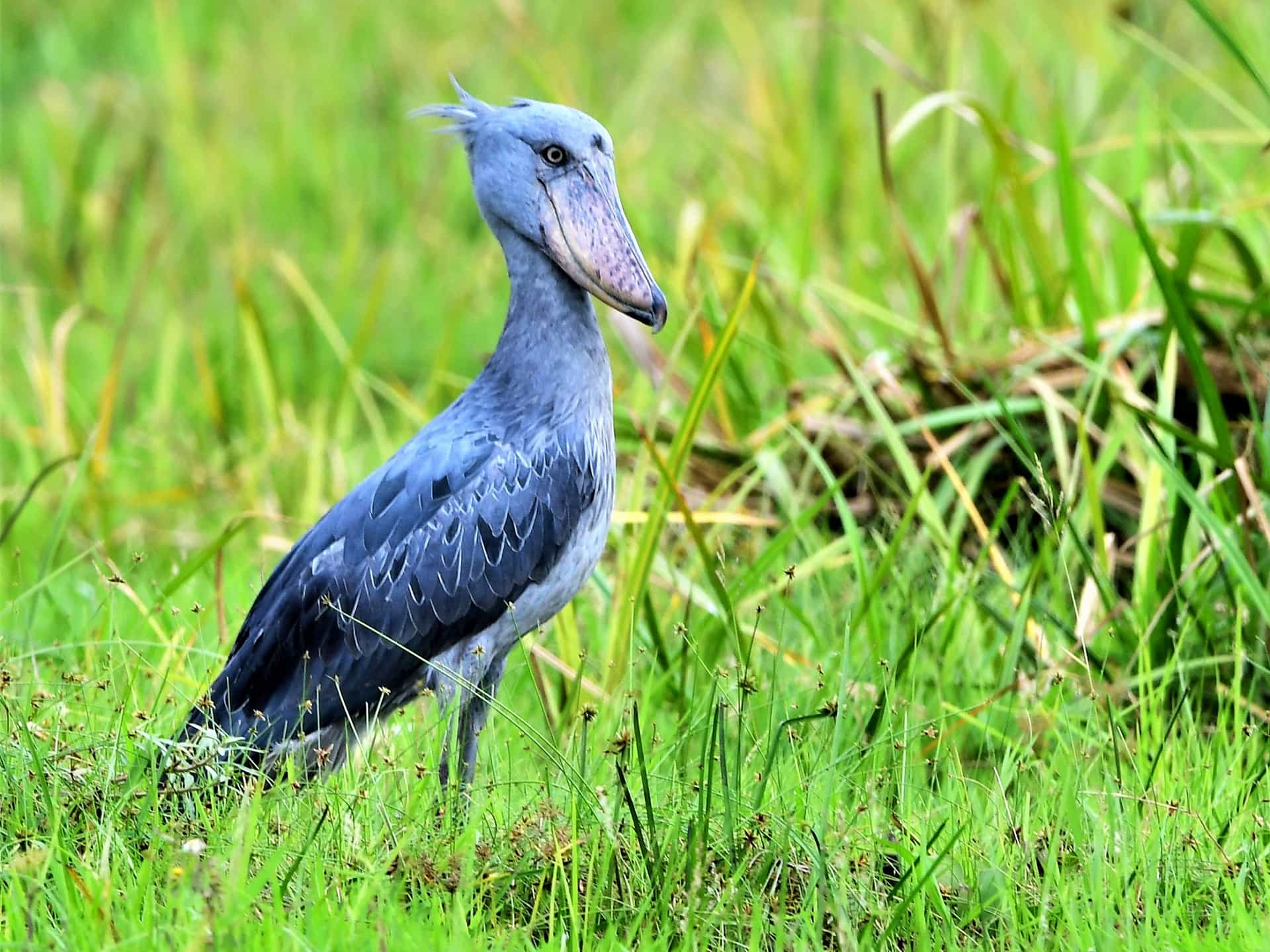Serengeti national park and Lake Victoria may be two of the most evocative names in safari Africa, but few realise their proximity. The iconic park’s Western Corridor protects the game rich lands between the great Mbalangeti and Grumeti rivers, both of which drain into the Speke Bay area of the giant lake. Until now, there has been a narrow strip, barely 3km wide, which separates Victoria from Serengeti. This area has always held a reserve status but lacking the highest, national park label, it became populated with farmers, fishermen and eventually a full legislated society. There are three sizeable villages and even district government offices on the land, but all is about to change.

The Serengeti national park will now extend to include all the dry land between the lake shore and its current boundary which flanks the highway North from Mwanza, between where it crosses the Mbalangeti River at its Southern end and the Grumeti River some 12km North. It will also extend by a full kilometre out into the lake waters at Speke Bay.
All of this will create a magnificent opportunity for animals to populate an area with abundant year-round food and water. These two hugely important rivers which feed Lake Victoria, and very importantly sustain some of the greatest densities of wildlife in Serengeti, are the lifeblood of the Western Corridor. So abundant is this area that, despite its narrow breadth, it harbours over a million migrating animals each year in June, early July and often September, as they work their way clockwise around the famous eco-system. Even when the wildebeest and zebra have moved on, a resident population to match that of any part of the Serengeti, or any park in the world, remains here throughout the year. It harbours probably the greatest elephant and buffalo numbers in the park, a very healthy population of predators including lions, leopards, cheetahs and hyena and has its own resident populations of wildebeest and zebra which do not migrate.

The non-migrating wildebeest in the lands farthest West have a completely different lifecycle from their nomadic kin. They even mate and give birth significantly earlier each year because of the differing weather patterns between here and the rest of the Serengeti. The future behaviour of these sedentary animals is of significant interest to the Tanzania wildlife authorities as part of the plan to incorporate Lake Victoria into the park. Currently, whilst the migration moves annually through the Western Corridor, it rarely reaches the final 20km before the Western gate. The prediction is that, opening up the entire lake shoreline between the Mbalangeti and Grumeti rivers will pull a significant number of animals into the area to take advantage of the permanent water. It is believed that the general pull will eventually see the migrating millions find their way to the lake as they circulate the eco-system. Once this happens, it is hard to imagine that the sedentary population nearest to Lake Victoria will not be swept up in the crowds and become nomads themselves.

Thankfully, the operation to remove and rehouse the people of Tamau, Nyatwali & Serengeti villages is being handled with sensitivity and fairness. It is understandably a significant challenge to move thousands of people from their homes without causing distress but the packages on offer have been well received in the vast majority of cases and this is helping the process move along at pace. In late 2022 and early 2023 all lands and properties were valued and all owners have been made offers which the vast majority have accepted. There are inevitably a few folk who would like more and a handful have gone to court but this process has not involved the heavy-handed, bullying tactics often associated with authorities in Africa. Independent organisations have helped the people in understanding their offers and advising with how best to invest their compensation.
It is expected that the land will be cleared by early 2024 after which a fascinating new wetland environment will be formed in the Serengeti. There is currently a band of nearly a kilometre of wetland vegetation, from large flowering trees to marsh grasses. The grasses are already enjoyed by the resident hippo groups and it will be fascinating to see how buffalo and elephant adapt to utilise these food sources. How far will the predators venture into the wetlands? There are small islands which will fill with grazing animals where they could make territories. Semi-aquatic mammals such as otter are already occasionally sighted in the area and they will only proliferate without human disturbance.

The birdlife in this area is already amongst the most dense and diverse anywhere on the planet. Birds of the forest and scrublands in Serengeti cross territories with the fish and water-borne insect specialists around the lake shore. The result is a profusion of avian life which reaches incredible levels in the evening, as the head to roost. There is a profusion of colour from so many kingfishers, bee-eaters, finches and weavers, especially the weavers. The black-headed weaver colonies are not only dazzlingly to watch but deafening to listen to and fascinating in their behaviour. And then there is the shoebill. The crazy looking blue monster which storks fish in swamplands and courts legend amongst fisherfolk. Until 2022, never witnessed in proximity to any major park in Tanzania, the shoebills have appeared right in the heart of the newly gazetted area, within the immediate area of Little Okavango camp. With no disturbance from farmers or cattle grazing the marsh grasses where they hunt, these incredible birds will be right at home in this area and will draw bird watchers from all over the world.

So what will happen over the coming years in the new Serengeti wetlands? The large mammals of the park are already grazing daily right on the boundary and will surely cross into the new area very soon after the gazetting is done. Hippo are already ensconced on the wetland side, elephants visit most nights, as do many other animals. It should not take long for the spectacle of large mammals wading through the papyrus filled shallows to become part of daily life on these shores of Lake Victoria. Truly, our own little Okavango Delta inside the Serengeti National Park. Wow!


